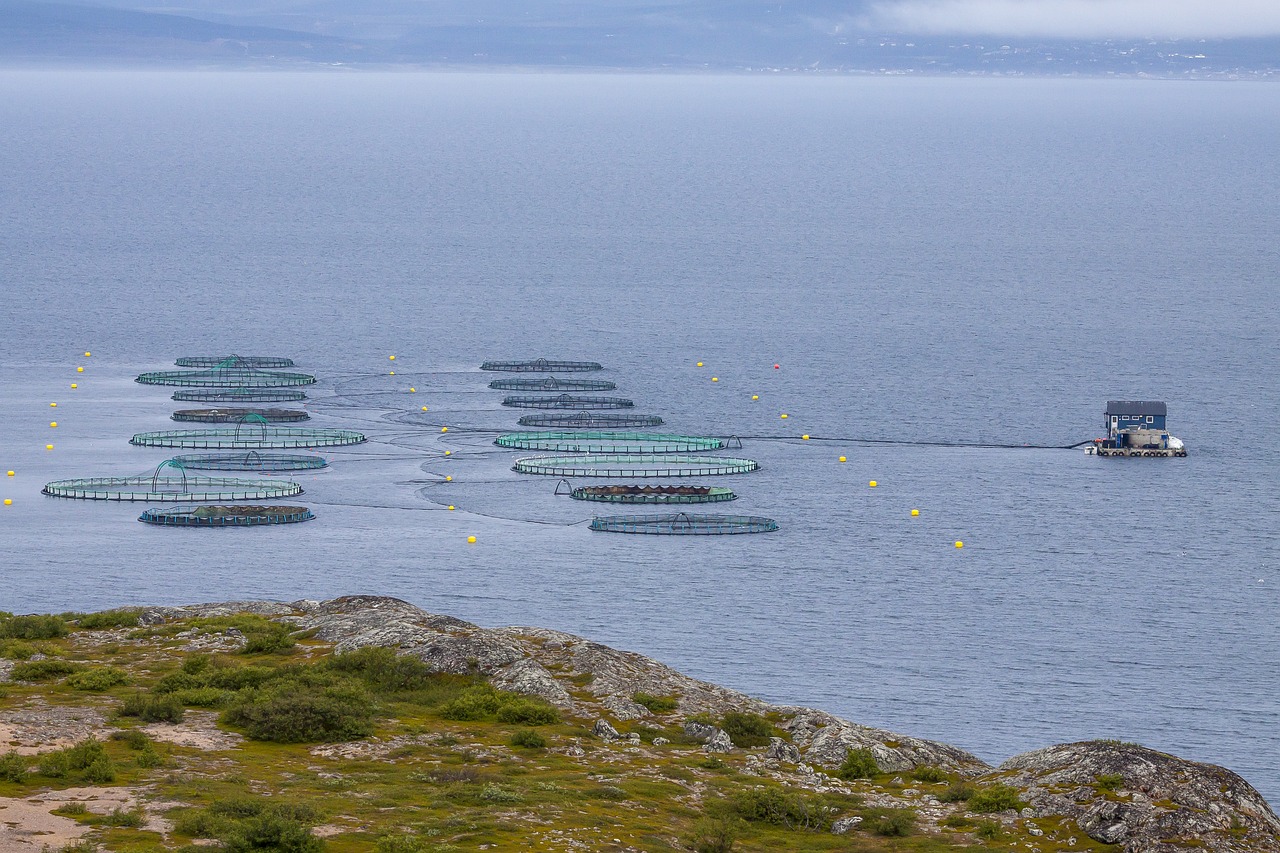Live Scallops – One of the world’s fastest-growing food production methods right now is aquaculture. The majority of the world’s aquaculture output is produced in developing nations, particularly in low-income nations with food shortages. Aquaculture is the “growing of aquatic species including fish, crustaceans, aquatic plants,” according to the United Food and Agricultural Organization. Expectations for aquaculture to increase its contribution to the global production of aquatic food are very high. There is optimism that aquaculture will increase its contribution to improving food security and eradicating poverty in many developing nations.
This is a result of static yields in many capture fisheries and rising consumer demand for fish and fishery products. It is also acknowledged that aquaculture encompasses a very broad range of various aquaculture practices with regard to species including, molluscs, crustaceans, fish, and other aquatic species groups, environments, and systems utilized. With very distinct resource use patterns involved, offering a wide range of options for diversification of avenues for enhanced food production and income generation in many rural and peri-urban areas.
The sector has the issue of feeding a fast-expanding global population. As seafood consumption rises globally, sustainable aquaculture production must rise to meet demand. Live scallops are not only environmentally sustainable, but also offer a delicious and nutritious option for seafood lovers. The environmental effects of such growth, however, have given rise to worries. However, because of innovation and technology, attention is now more on the lifetime and sustainability of aquaculture.
What is sustainable development?
Although living resources are self-renewing, they still need to be used sensibly, sustainably, and in accordance with the environment. The management and maintenance of the natural resource base as well as the steering of technical and institutional change in such a way as to assure the fulfilment and ongoing satisfaction of human needs for both the present and future generations are all parts of sustainable development. Such sustainable development is environmentally non-degrading, technically suitable, economically successful, and socially acceptable. It conserves land, water, plant, and animal genetic resources.
Aquaculture practices that emphasise environmental, economic, and social sustainability are referres to as “sustainable aquaculture” in order to enhance capacity-building and efficiently utilize land for the aquaculture industry. Aquaculture faces obstacles for sustainable development, much like all other methods of food production. Most aquafarmers, like their terrestrial counterparts, are continuously researching methods and means of enhancing their production practices, to make them more efficient and cost-effective.
There are initiatives underway to enhance aquaculture’s people capability, resource utilization, and environmental management. With integrated aquaculture-agriculture farming methods and integrated usage of small and medium-sized water bodies, COFI placed an emphasis on increasing inland fish production. Unsustainable aquaculture will only produce short- and medium-term profits for multinational corporations at the price of long-term ecological balance and social stability. An unsustainable aquaculture expansion could compound the issues and bring forth new ones, harming our crucial and already overburdened coastal ecosystems.
Alternatives to sustainable development are require to guarantee that aquaculture can meet the future demand for seafood products. Sustainable development entails “the management and maintenance of natural resource base, and the orientation of technical and institutional change in such a manner to ensure the attainment and continuing satisfaction for present and future generations.
Environmental sustainability
Live scallops aquaculture is a sustainable alternative to wild harvesting that has several environmental benefits. Environmentally friendly aquaculture methods should use. It shouldn’t cause any appreciable damage to biodiversity. Overall, live scallops are an excellent example of how sustainable aquaculture can meet the demand for seafood while promoting environmental sustainability.
Sustainable Aquaculture’s Potential
The ability of this industry to address issues like environmental degradation, water scarcity, population growth, food scarcity, world hunger, etc. that result from societal and economic strain on natural resources and aquatic ecosystems will be crucial to its future prospects. Aquaculture that is sustainable may offer some hope for overcoming these difficulties both now and in the near future. Millions of people depend on fisheries and aquaculture for their livelihood and for food security.
Also, based on how effectively it uses resources like water, food, energy, and space, aquaculture is believe by experts to be a very effective producer of high-value proteins that are crucial for human health and wellbeing. Aquaculture is a more environmentally friendly production method than agriculture today, producing less waste and less carbon and nitrogen emissions. The issues aquaculture is currently facing can potentially be solves through sustainable development of the industry.
Aquaculture that is organic
One of the primary objectives of the manufacture of organic food is sustainability. The International Federation of Organic Agricultural Movements lists the following as some of the fundamental principles of organic aquaculture:
–To promote the creation of aquatic creatures through natural biological cycles.
–Implementing a variety of disease control strategies.
–No use of artificial fertilizers or other chemicals during manufacture.
–Whenever possible, use polyculture Technologies.
–integrated aquaculture and polyculture
Each species makes use of a specific niche and specific resources inside the farming complex. These ways of producing multiple creatures within the same farming systems are polyculture and integrated aquaculture. Raising a number of aquatic species concurrently or in cooperation with terrestrial plants or animals may fall under this category.
In contrast to integrates systems, which can boost economic efficiency by improving input material conversion rates, polyculture systems can benefit the organisms being raise by allowing for a balance utilization of the aquatic resources that are available. Resources are utilize to the fullest extent possible as a result of the waste from one organism being use as an input to another, and total pollution is decrease.
Aquaculture recirculation system (RAS)
-Water conservation and minimal waste disposal are the foundation of RAS.
A biological filter, a settling chamber, and a culture chamber make up this device. Before the water is transfer from the culture chamber to the settling chamber and returned to the culture system, the biological chamber filters it.
–It has the capacity for high stocking density cultivation, which increases the profit.
–Water is conserve and pollution is decrease via the RAS system.
-Biological risks, like as disease problems, are lower as compared to farming in a natural setting.
–decreases in environmental compliance.
–It has the ability to change the cultural environment, increasing FCR and decreasing the need for drug and chemical usage.
–RAS can therefore be an effective, practical technique for sustainable aquaculture.
For more informative articles like this visit: www.bellevueheadlines.com

